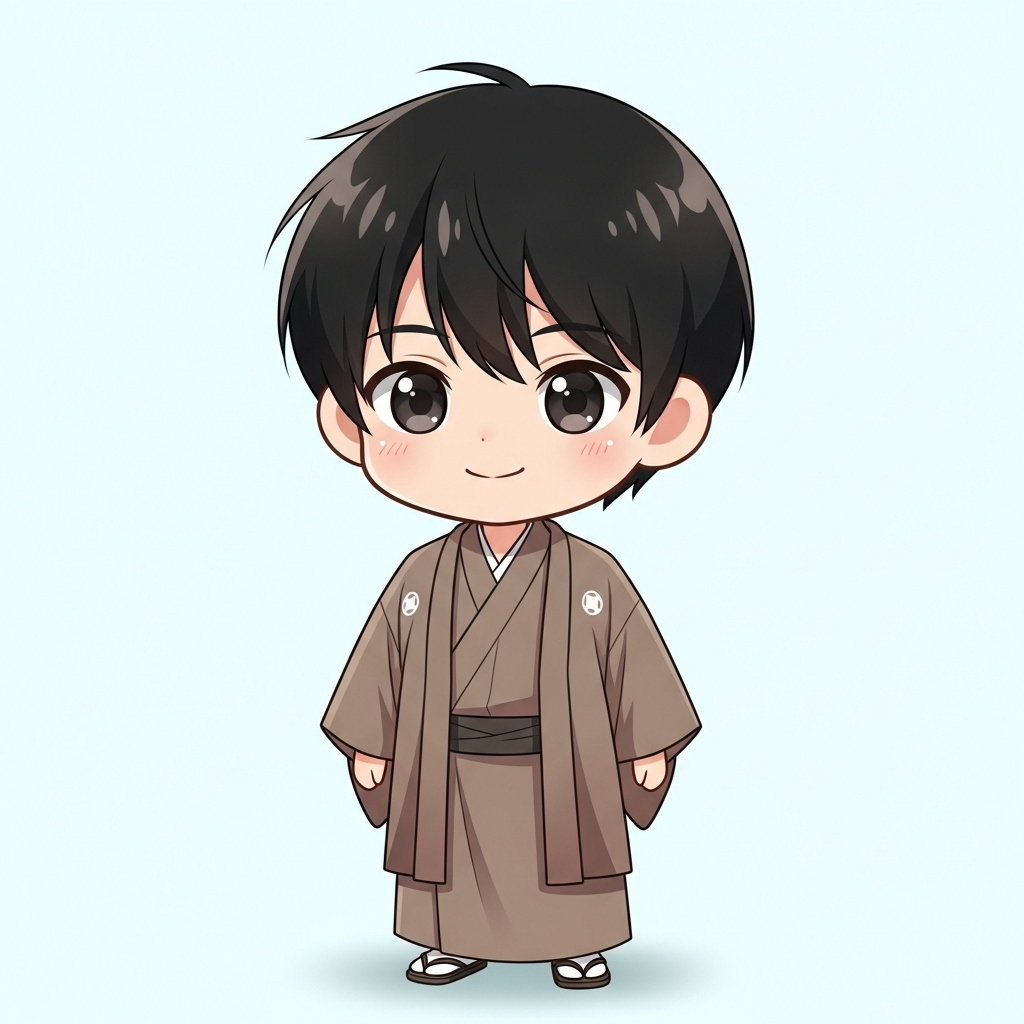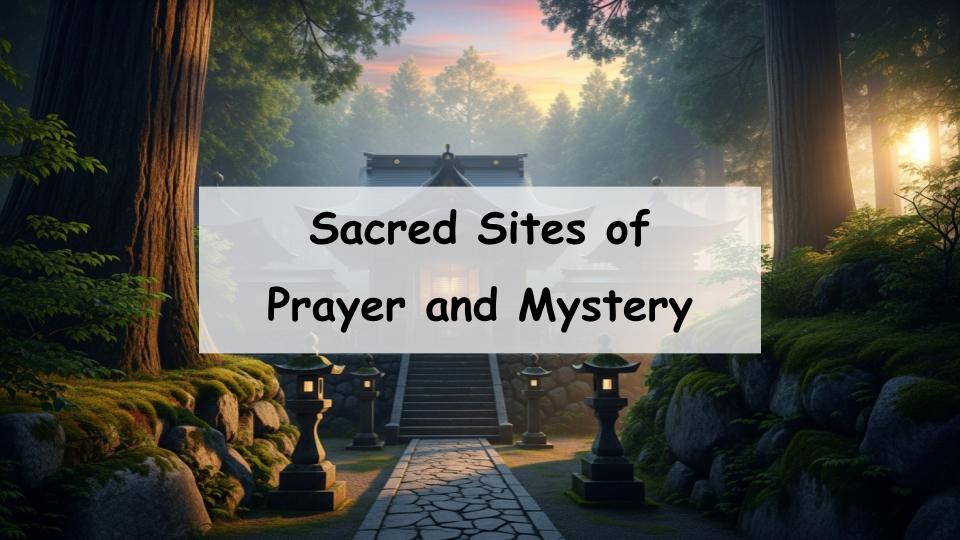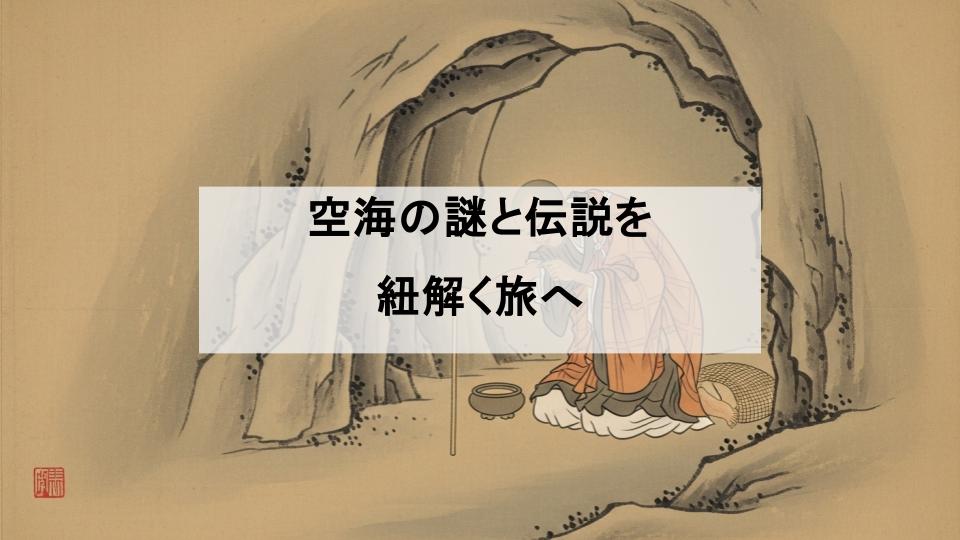“Three Great Sacred Sites of Japan? What are they? Where are they located? Are they known as power spots?”—these are common questions among those curious about Japan’s spiritual heritage.
In short, the Three Great Sacred Sites of Japan are three exceptional spiritual destinations that have long attracted pilgrims and worshippers. Each site holds a unique place in Japanese religious history and continues to be a beacon for those seeking spiritual connection and inner peace.
This article delves into the meaning and origins of these sacred places, their spiritual roles, fascinating legends, and how you can visit them. Whether you’re planning a pilgrimage or simply intrigued by Japanese history and culture, this guide offers valuable insights into these revered destinations.
- What Are the Three Great Sacred Sites of Japan?
- Overview and Common Features of the Three Great Sacred Sites
- Introducing the Three Great Sacred Sites of Japan
- What You Gain from a Pilgrimage to Japan’s Three Sacred Sites
- Conclusion: Why Visiting the Three Great Sacred Sites of Japan Matters
- A Message from the Guide
What Are the Three Great Sacred Sites of Japan?
Definition of “Three Great Sacred Sites”
The Three Great Sacred Sites of Japan refer to three renowned locations that have been central to Japanese spiritual practice for centuries. These are not just temples—they are sacred mountains and pilgrimage destinations that represent the height of religious devotion in Japan. Deeply rooted in Buddhist tradition, these sites have been revered for their role in religious training and spiritual awakening.
Historical Background and Why These Sites Were Chosen
The three sites—Mount Hiei’s Enryaku-ji in Shiga Prefecture, Mount Koya’s Kongobu-ji in Wakayama Prefecture, and Osorezan Bodaiji Temple in Aomori Prefecture—have deep historical significance. They were established between the 8th and 9th centuries and played major roles in the dissemination of Buddhist teachings throughout Japan. These sacred places also became centers of political and cultural influence during Japan’s early history.
What Sets Them Apart from Other Sacred Places
While many sacred sites exist across Japan, these three stand out for their spiritual gravity, religious influence, and enduring traditions. Unlike modern-day sightseeing spots, these locations still function as places of training, prayer, and deep introspection. Their atmosphere and energy offer visitors more than visual beauty—they provide a transformative spiritual experience.
Overview and Common Features of the Three Great Sacred Sites
Geographic Locations and Accessibility
Each of the three sites is located in a distinct region of Japan. Mount Hiei lies on the border of Kyoto and Shiga and is easily accessible from major cities. Mount Koya is nestled in the mountains of Wakayama, reachable by train and cable car. Osorezan is more remote, located in the northern Tohoku region, and requires more planning to visit—but this remoteness only adds to its mystique.
Objects of Worship and Spiritual Blessings
Each sacred site has its own focus of worship. Enryaku-ji is the headquarters of the Tendai sect, emphasizing wisdom and peace. Kongobu-ji is the center of Shingon Buddhism, where followers revere Kobo Daishi (Kukai) and seek enlightenment through esoteric practices. Osorezan Bodaiji Temple is devoted to Jizo Bosatsu, the guardian of souls and the dead, offering comfort to both the living and the departed.
Why These Sites Are So Deeply Respected
Visitors continue to return to these places not only for religious reasons but also for the serenity and awe they inspire. Surrounded by untouched nature and infused with centuries of prayer, these sacred sites offer a rare opportunity to disconnect from daily life and reconnect with the spiritual self.
Introducing the Three Great Sacred Sites of Japan
Enryaku-ji Temple (Mount Hiei, Shiga Prefecture)
Role as the Head Temple of the Tendai Sect
Founded by Saicho (Dengyo Daishi) in the 8th century, Enryaku-ji became the spiritual heart of the Tendai sect. Its location on Mount Hiei provided the ideal setting for monastic training and reflection, away from the distractions of the capital.
Saicho and the Origins of Enryaku-ji
Saicho introduced the teachings of Tiantai Buddhism from China and adapted them into what would become Japanese Tendai Buddhism. His guiding principle, “to shine a light in a dark corner,” reflects the temple’s mission to spread compassion and wisdom.
Main Highlights and Visiting Tips
Enryaku-ji is divided into three main areas: Toto (East Pagoda), Saito (West Pagoda), and Yokawa. Each section offers sacred halls and ancient relics. Autumn is particularly stunning, as the temple grounds transform with vibrant foliage.
Kongobu-ji Temple (Mount Koya, Wakayama Prefecture)
Founded by Kukai (Kobo Daishi)
Mount Koya was established by Kukai, also known as Kobo Daishi, in the 9th century. As a master of Esoteric Buddhism, Kukai envisioned a secluded place to train disciples and practice rituals in harmony with nature.
A Living Center for Spiritual Training
To this day, Mount Koya is a functioning religious community. Monks live and train here, and visitors can stay overnight at shukubo (temple lodgings), experiencing morning rituals and vegetarian meals.
Notable Sites: Okunoin and Danjo Garan
Okunoin is where Kukai is believed to rest in eternal meditation. The serene forest path lined with tombstones offers a deeply moving journey. Danjo Garan, home to the Konpon Daito (Great Pagoda), showcases symbolic architecture that illustrates the Shingon Buddhist cosmos.
Osorezan Bodaiji Temple (Aomori Prefecture)
Spiritual Significance of Jizo Worship
Osorezan is believed to be one of the gateways to the afterlife. Worshipers come to honor Jizo Bosatsu, protector of children and travelers, and pray for the souls of the departed.
The Cultural Role of Itako Mediums
Osorezan is also known for Itako, blind female shamans who communicate with the dead through spiritual possession. Their rituals, especially during the summer festival, are deeply rooted in regional folk religion.
Experiencing the Landscape of Hell and Paradise
The volcanic terrain of Osorezan, with its sulfuric smell and barren rocks, contrasts starkly with the clear waters of Lake Usori. This contrast is said to represent hell and paradise, allowing visitors to contemplate life, death, and rebirth in a powerful setting.
What You Gain from a Pilgrimage to Japan’s Three Sacred Sites
Spiritual Healing and Mental Clarity
Spending time at these sacred sites provides an escape from modern distractions. The silence, rituals, and natural surroundings work together to promote inner peace and clarity. For many, it’s a form of spiritual reset.
A Journey into Japan’s Religious History and Traditions
Walking through these historic temples means walking through the story of Japanese spirituality itself. You’ll witness the enduring legacy of ancient monks and feel the continuity of tradition in every prayer and chant.
A Unique Blend of Tourism and Faith
While deeply religious, these sites are also open and welcoming to non-Buddhists and international visitors. This rare balance of devotion and hospitality makes a pilgrimage to the Three Sacred Sites both accessible and deeply rewarding.
Conclusion: Why Visiting the Three Great Sacred Sites of Japan Matters
Not Just Sacred, but Cultural and Tourism Treasures
The Three Great Sacred Sites are more than places of worship. They are cultural landmarks and spiritual sanctuaries that preserve Japan’s intangible heritage. Their continued relevance today highlights the timeless need for spiritual grounding.
Tips for First-Time Visitors
If you plan to visit, learn about each site’s religious customs and dress modestly. Respect the rules of the temple grounds, and take the time to reflect quietly during your visit. That mindfulness is part of the journey—and the reward.
Visiting Japan’s Three Great Sacred Sites offers not just a journey through geography, but a journey within. Whether you’re seeking spiritual insight or cultural immersion, these sacred places leave a lasting impression on both heart and mind.
A Message from the Guide

Each place has a sacred atmosphere that brings a sense of peace to the heart.










Comment